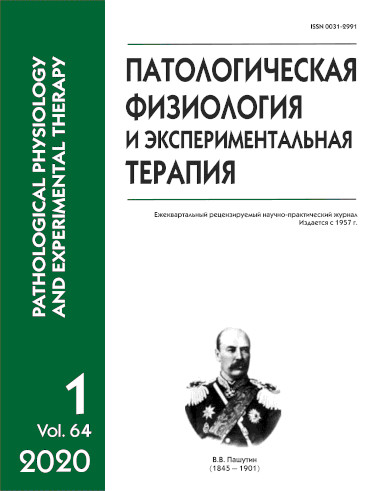The role of kinases in the infarct-limiting effect of adaptation to hypoxia
Abstract
The objective of this review was to analyze reports on the role of kinases in the cardioprotective effect of adaptation to hypoxia. It was established that the δ and ε isoforms of protein kinase C are involved in the cardioprotective effect of adaptation to hypoxia. Chronic hypoxia has been shown to increase expression of CaMKII, p-ERK1/2, p-p38, p-Akt, hexokinase-1, and hexokinase-2 kinases. Hypoxia enhances translocation of hexokinase-2 to mitochondria. In animals adapted to hypoxia, no increase in the expression of PKA, p-GSK3β, AMPK, and JNK kinases was detected. The presented data indicate that ERK1/2 and MEK1/2 kinases are involved in the cardioprotective effect of adaptation to hypoxia. Myocardial hypertrophy induced by chronic hypoxia is associated with activation of Rho kinase. The role of PI3K, Akt JNK, PKG, Rho kinase, mTOR, and p38 kinase in the protective effect of adaptation to hypoxia is controversial.






